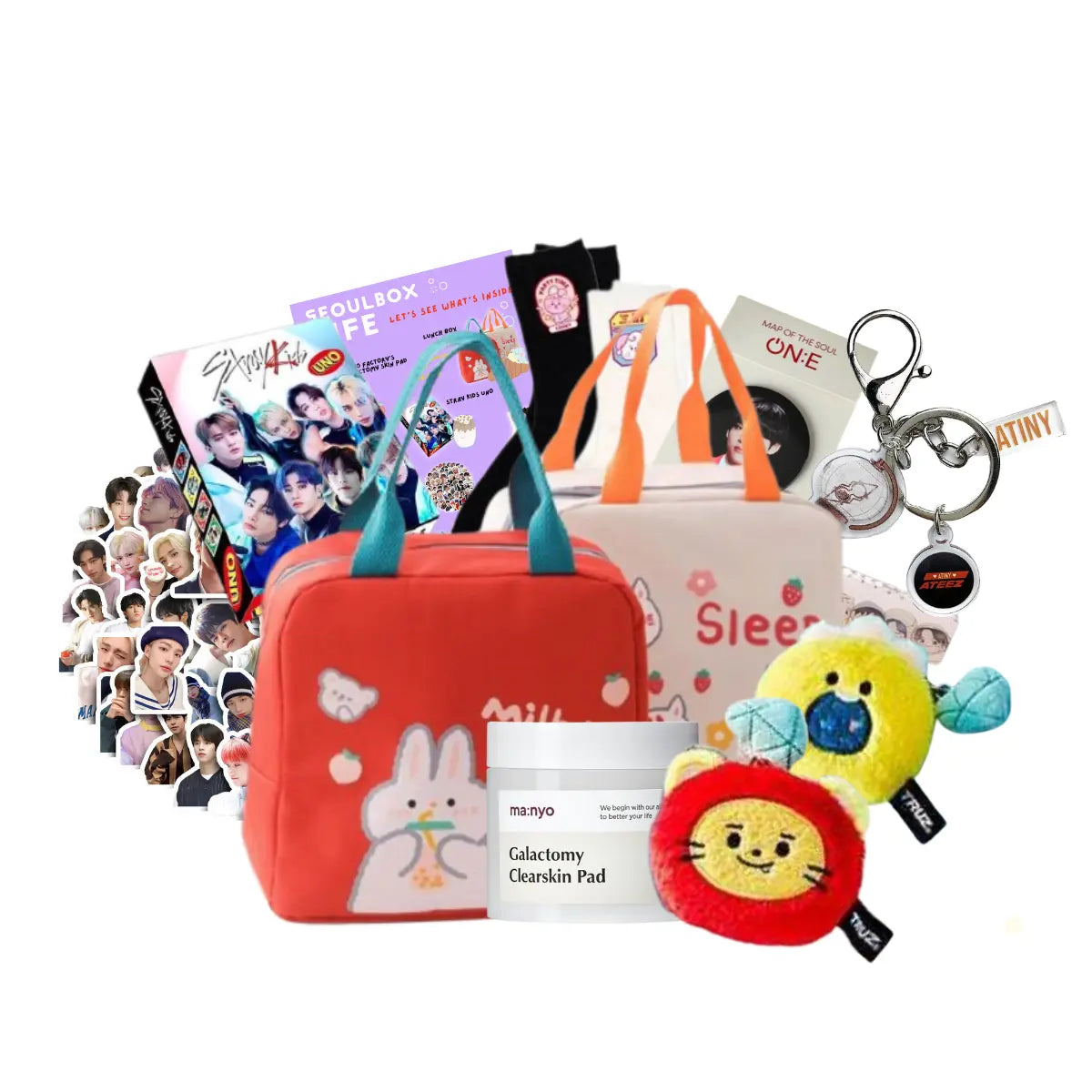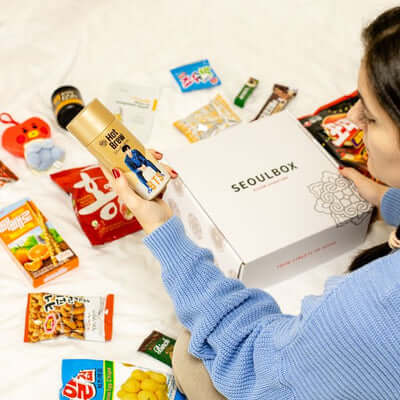KOREAN WEDDING:
Did you know there are two types of Korean weddings? We have all the information needed to know more about this beautiful and special day for many. Let’s learn more about this wonderful festive event.
Modern Korean wedding VS Traditional Korean Wedding
Yes, there are two types of weddings in South Korea, modern and traditional, both are beautiful and gorgeous, an event the couples and guests will always remember the union of two families. Let’s take a closer look to them.
Modern Korean Wedding
 (Image: Credits to the rightful owner)
(Image: Credits to the rightful owner)
Modern Korean Weddings allows the bride and groom to wear a white dress and a suit half of the event and after the ceremony the use a traditional Korean wedding attire, female relatives of the couple wear hanbok, the mother of the bride wears a pink one, while the mother of the groom a blue one.
As a form of gift for the newly married couple, guests would gift the couple a white envelope with their name on it and certain amount of money inside, the amount will depend on the guests. A quite notable difference from a western wedding is the throwing of the bouquet, sometimes this will be prearranged beforehand to decide who will get it, the flower bouquet it is not thrown randomly.
Traditional Korean Wedding
 (Image: Credits to the rightful owner)
(Image: Credits to the rightful owner)
A ceremony full of colorful and beautiful attires, lovely melodies from the music. These ceremonies had their origin to the Koryo period in 918 AD. Nowadays these traditional weddings are mostly held by international couples, rather than Koreans. Korean couples prefer modern ones.
 (Image: Credits to the rightful owner)
(Image: Credits to the rightful owner)
On traditional Korean weddings the bride uses a colorful hanbok while the groom wears one for men. Parents of the couple will also use hanboks an even other family members that are part of the wedding party. Regarding gifts, close friends of the couple will give something useful for the home, like a TV or a smart cooking device, for the rest of the guest they will gift an envelope with cash inside and this amount will also vary depending on how close they are to the groom or bride.
Symbolic Attire and Meaningful Colors
 (Image: Credits to the rightful owner)
(Image: Credits to the rightful owner)
The traditional wedding dress is a beautiful and colorful attire, made of blue and red silk, representing men and women respectively, with other elements that completes this gorgeous dress:
- Hair Stick
- Bride Headpiece
- Bride Wedding Ribbon
- Bride Ceremonial Dress
- Inner Clothing
- Petitcoat
- Hanbok Shoes
Betrothal Gifts
These gifts are sent to the bride’s family once their engagement is announced and official. The gifts are divided in three categories: Honsu (Valuable Items), Ch’aedan (Blue and Red Fabrics), Honseo (Marriage Paper) and placed in a Hahn essentially a box.
 (Image: Credits to the rightful owner)
(Image: Credits to the rightful owner)
The Hahn is the delivered to the bride’s parents by the grooms’ closest friends while dressed in traditional costumes singing traditional songs, once they are near the bride’s parents house, they shout ‘Hahn for sale’, the family begins to bride them until the Hahn is delivered.
A Wild Goose
 (Image: Credits to the rightful owner)
(Image: Credits to the rightful owner)
Also known as Jeonanyrye, a tradition to symbolize the groom commitment to his wife, and loyalty to her for life, he gifts the bride’s mother a wild goose, now, the goose has been replaced by wooden ducks.
Processional Parade
 (Image: Credits to the rightful owner)
(Image: Credits to the rightful owner)
A parade that by lightning a candle symbolizes the beginning of the Korean traditional wedding, which is separated by a few small events:
- Traditional Korean music will be played during the parade
- The groom arrives to the bride’s house in a horse
- An officiant explains the wedding and guides the guests thought the events
- The mothers from the groom and bride walk in with a blue and red candle respectively
- The mothers light up one of the candles to symbolize the beginning of the traditional wedding
Gyo-bae-rye
 (Image: Credits to the rightful owner)
(Image: Credits to the rightful owner)
This bowing represents the promise of commitment from the groom to the bride and vice versa. On this small ceremony four helpers, two for each groom and bride, will wash their hands and spread a mat on the yard for each other, the groom should bow and continuously, both would stand facing each other on the mat while the bride covers her face with her hands. Following this, the bride has bow twice followed by the groom bowing once, a second time is done, the bride bows twice followed by the groom making a deep bow and kneel.
Check Out Our April Box: Festival Seoulbox
Hap-geun-rye
 (Image: Credits to the rightful owner)
(Image: Credits to the rightful owner)
Depending on the region, this ceremony has two variations, on the first one the couple will drink from the same cup while some helpers pass the cup between the groom and the bride. For the second variation the couple drink from separate halves of a gourd.
The drinking in this ceremony symbolizes the destiny and harmony of the newly husband and wife.
Pyebaek
 (Image: Credits to the rightful owner)
(Image: Credits to the rightful owner)
A Korean wedding custom that is held few days later after the official ceremony has ended. The ceremony is held just between the groom’s and bride’s family members. An older couple would sit behind a table in front of a painted screen, and the new husband and wife seated opposite to them.
The groom and the bride will perform a bow beginning from a stand-up position and will finish when they press their forehead to their hands and kneeling.
Noodle Banquet
In Korean weddings they will only serve noodle soup, which is a dish made by boiling the noodles mixed with a meat and vegetables, and they will be served with Dok and dumplings. For Koreans noodles symbolize prosperity and longevity so it is a way to wish the newlyweds the same on their marriage.
 (Image: Credits to the rightful owner)
(Image: Credits to the rightful owner)
Now we can appreciate how powerful and beautiful a Korean wedding is, no matter if it is a modern or a traditional one, both have elements to create a wonderful memory and enjoy one the most important days of a couple, promising respect, love, and protection for each other.
Would you love to have your wedding as a Modern or Traditional Korean Wedding?






